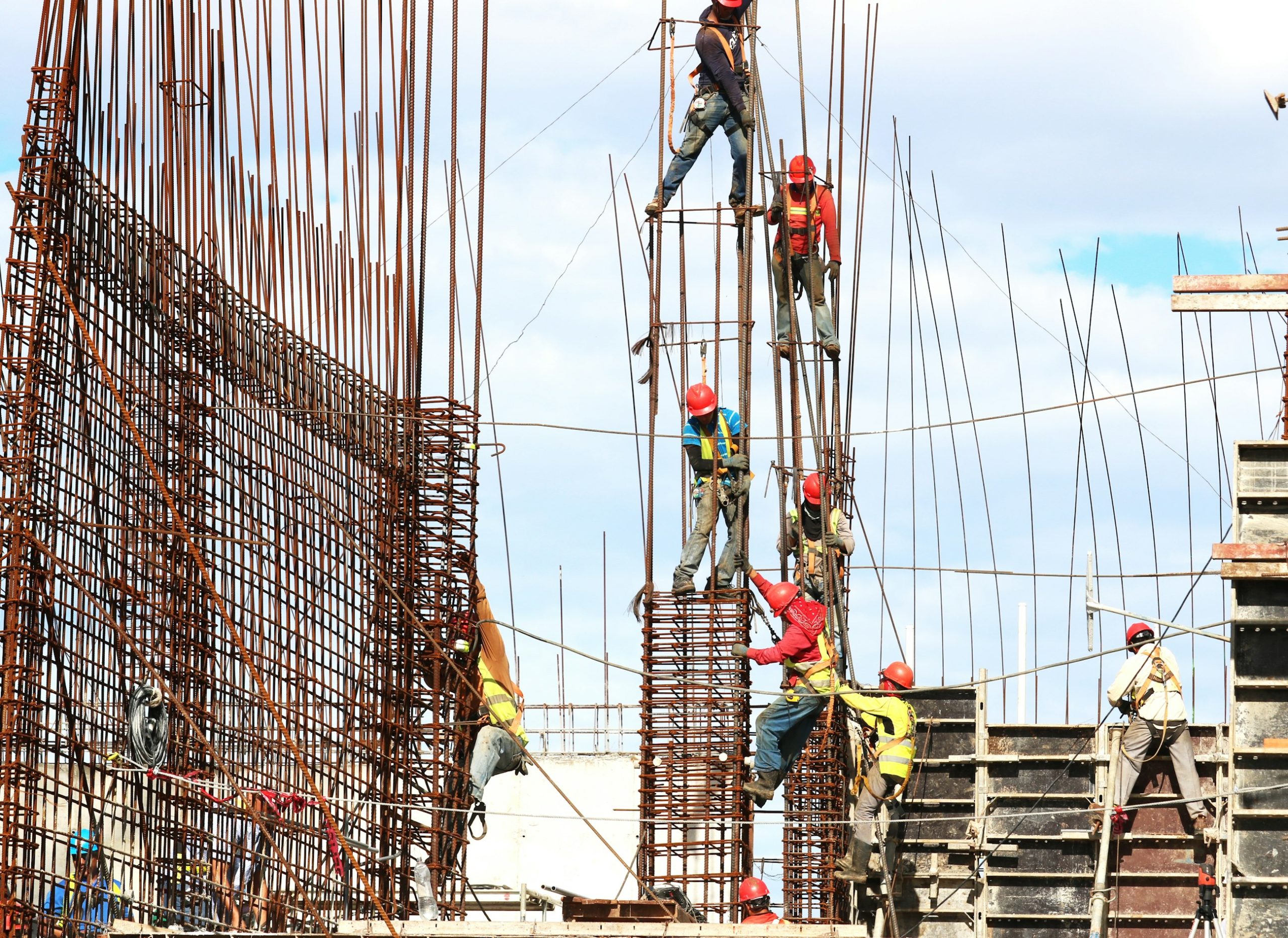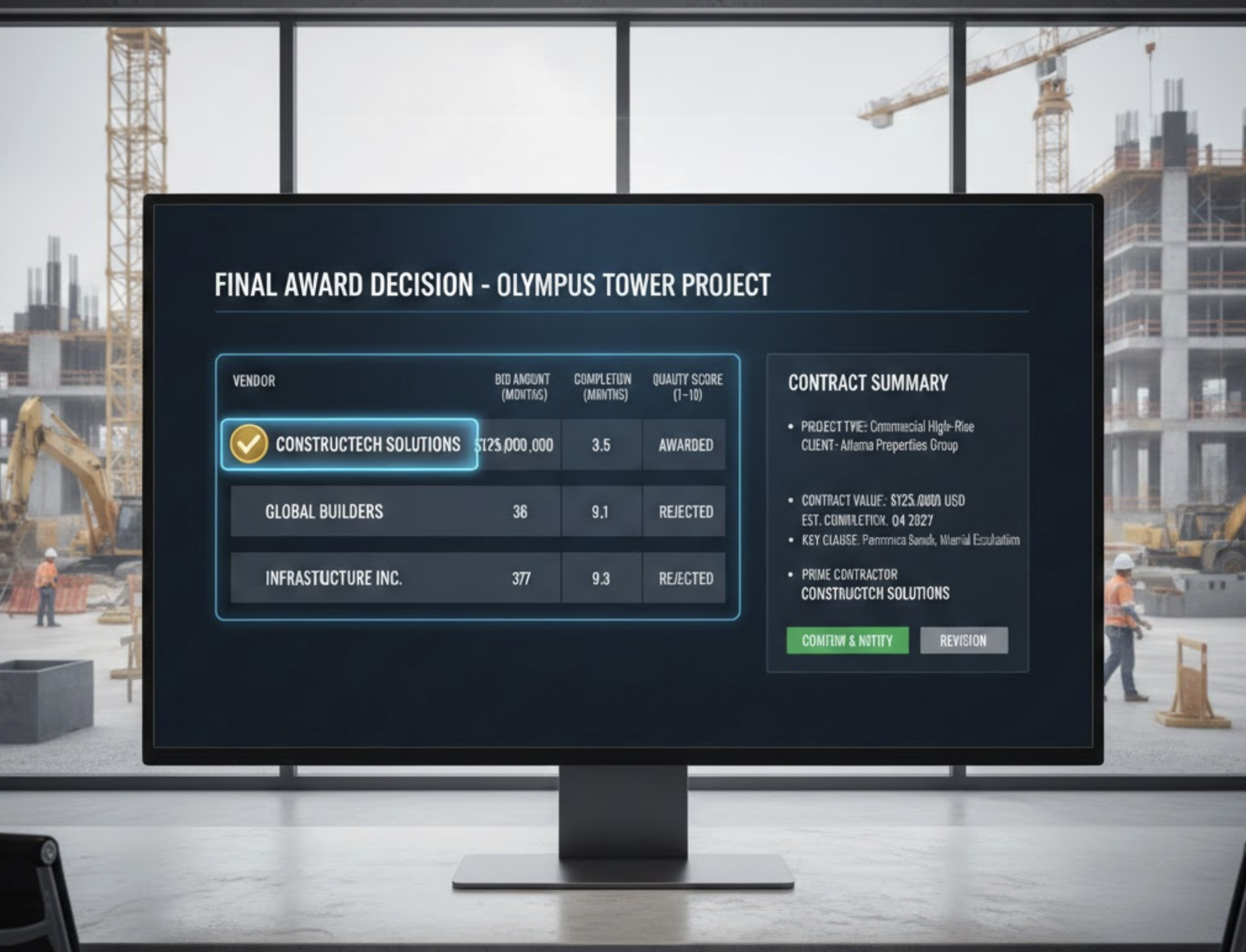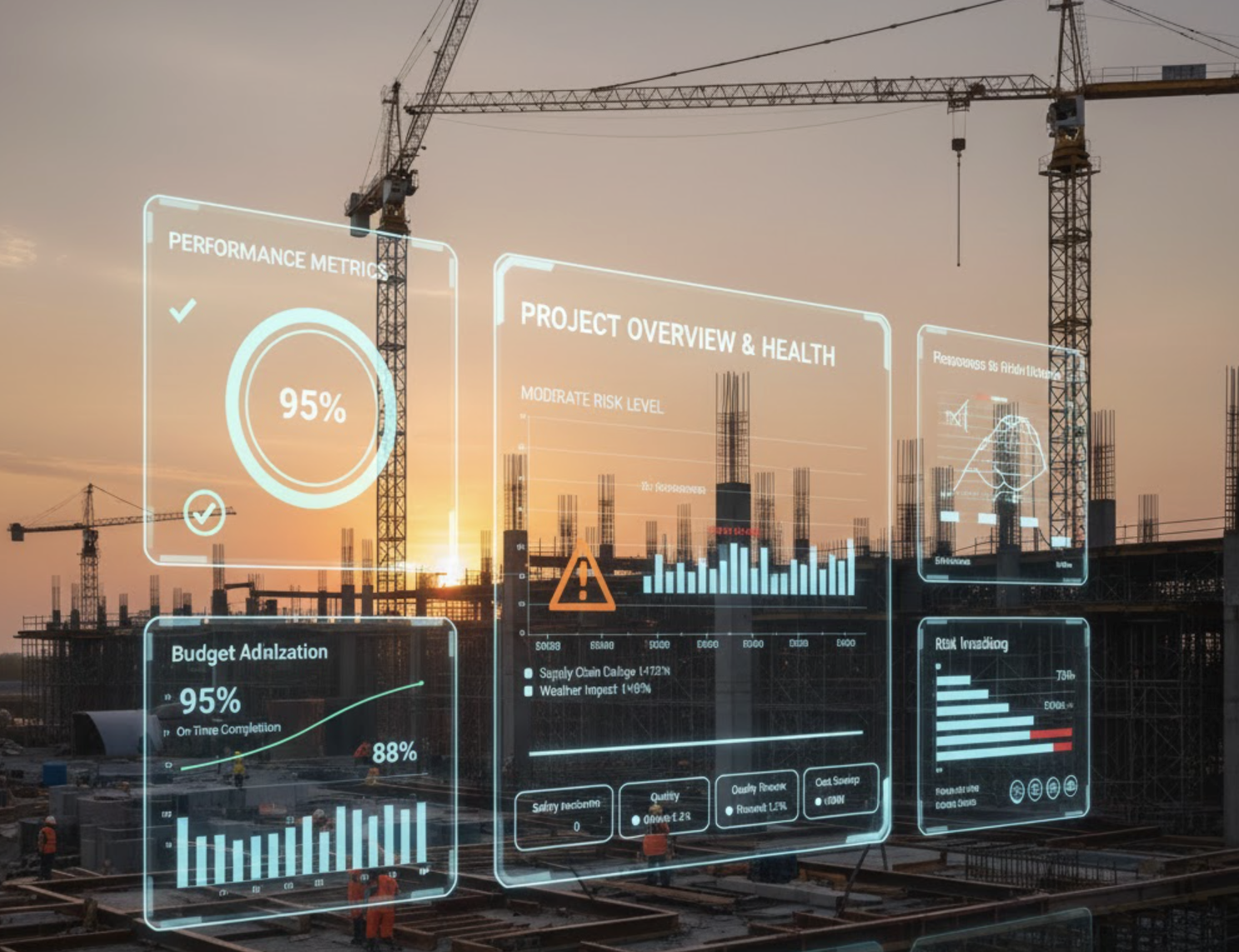Bridging the Gap Between Procurement and Jobsite Logistics
The integration of procurement and jobsite logistics is crucial for the success of construction projects. With the advent of advanced construction project management software, such as Zepth, this integration has become more efficient than ever, leading to better project outcomes. By leveraging these tools, construction managers can streamline processes, reduce costs, and improve communication across various teams. In this blog, we will explore the importance of integration, the phases of construction procurement, key components of integrated logistics, the tools available, best practices, and how Zepth can assist in this transformation.
Importance of Integration
Integrating procurement and jobsite logistics provides several key benefits that are essential for any construction project:
- Efficiency: Streamlined processes minimize unnecessary delays and enhance overall operational efficiency.
- Project Timelines: Timely delivery of materials and equipment ensures the completion of projects according to schedule.
- Costs: Reducing delays and misallocations in resources leads to lower overall project costs.
- Productivity: Improved resource management and enhanced communication boost project productivity.
Phases of Construction Procurement
Understanding the phases of construction procurement is essential for effective integration. The process begins with:
Design and Planning
The design team reviews contractor submittals to ensure all components adhere to the specifications outlined in the contract documents. This phase is critical because any delays here may affect subsequent procurement actions.
Purchase Orders
Contractors issue purchase orders to suppliers, often leveraging trade credit or external financing to manage cash flow effectively. Timely orders ensure the right materials are ordered and accounted for, which is vital for keeping the project on schedule.
Material Delivery
Procurement managers track the progress of materials and equipment, ensuring that deliveries occur on schedule, at the correct location, and that all items are offloaded safely for installation.
Key Components of Integrated Procurement and Logistics
The success of integrated procurement and logistics hinges on several core components:
Submittals and Approvals
The design team reviews contractor submittals to verify they meet specifications. Delays in this process can impact the procurement manager’s ability to purchase and organize timely deliveries.
Purchase Orders and Supplier Coordination
Contractors must track purchase orders to ensure timely delivery to the site. This tracking includes verifying that orders arrive at the correct location, are safely offloaded, and are ready for installation.
Logistics Coordination
Effective logistics coordination involves managing daily activities and communicating changes at the jobsite. Tools like PLOT (Procurement Logistics and Tracking) facilitate these processes by providing dynamic functionalities, notifications, and alerts that keep teams informed and on track.
Tools and Software for Integration
Advanced tools and software play a crucial role in bridging the gap between procurement and jobsite logistics:
Construction Project Management Software
Utilizing construction project management software, such as Zepth, can significantly contribute to the integration of procurement and logistics. These tools enhance efficiency, streamline processes, and ensure projects are delivered on time and within budget.
PLOT (Procurement Logistics and Tracking)
PLOT combines procurement and delivery workflows to ensure materials are approved and ordered on time. It synchronizes with construction schedules and submittals, reserving locations and equipment for offloading, thereby preventing double-booking of offloading locations and equipment.
Best Practices
To achieve effective integration in procurement and jobsite logistics, consider the following best practices:
- Centralized Communication: Use platforms that provide real-time notifications and alerts to keep all stakeholders informed.
- Scheduling and Coordination: Ensure materials are ordered and received according to their designated on-site dates, minimizing delays and costly overruns.
- Resource Management: Implement tools that manage daily activities and communicate changes effectively at the jobsite.
Use Cases and Emerging Innovations
The evolution of technology in the construction industry leads to the emergence of various innovations:
- Automated Scheduling: Tools like PLOT automate scheduling logic to ensure materials are delivered and offloaded efficiently.
- Logistics Mapping: Combining logistics mapping with delivery scheduling prevents double-booking of offloading locations and equipment.
- Data-Driven Decision Making: Leveraging data from integrated procurement and logistics systems helps in making informed decisions and optimizing resource allocation.
How Zepth Can Help
Zepth’s construction project management software is designed to bridge the gap between procurement and jobsite logistics by:
- Enhancing Efficiency: Streamlining processes and minimizing unnecessary delays.
- Improving Communication: Providing real-time updates and notifications to keep all stakeholders informed.
- Optimizing Resource Allocation: Ensuring materials are sourced, delivered, and managed efficiently, aligning with project timelines and budgets.
For more information on how Zepth can help you integrate procurement and jobsite logistics, check out our Zepth platform.




